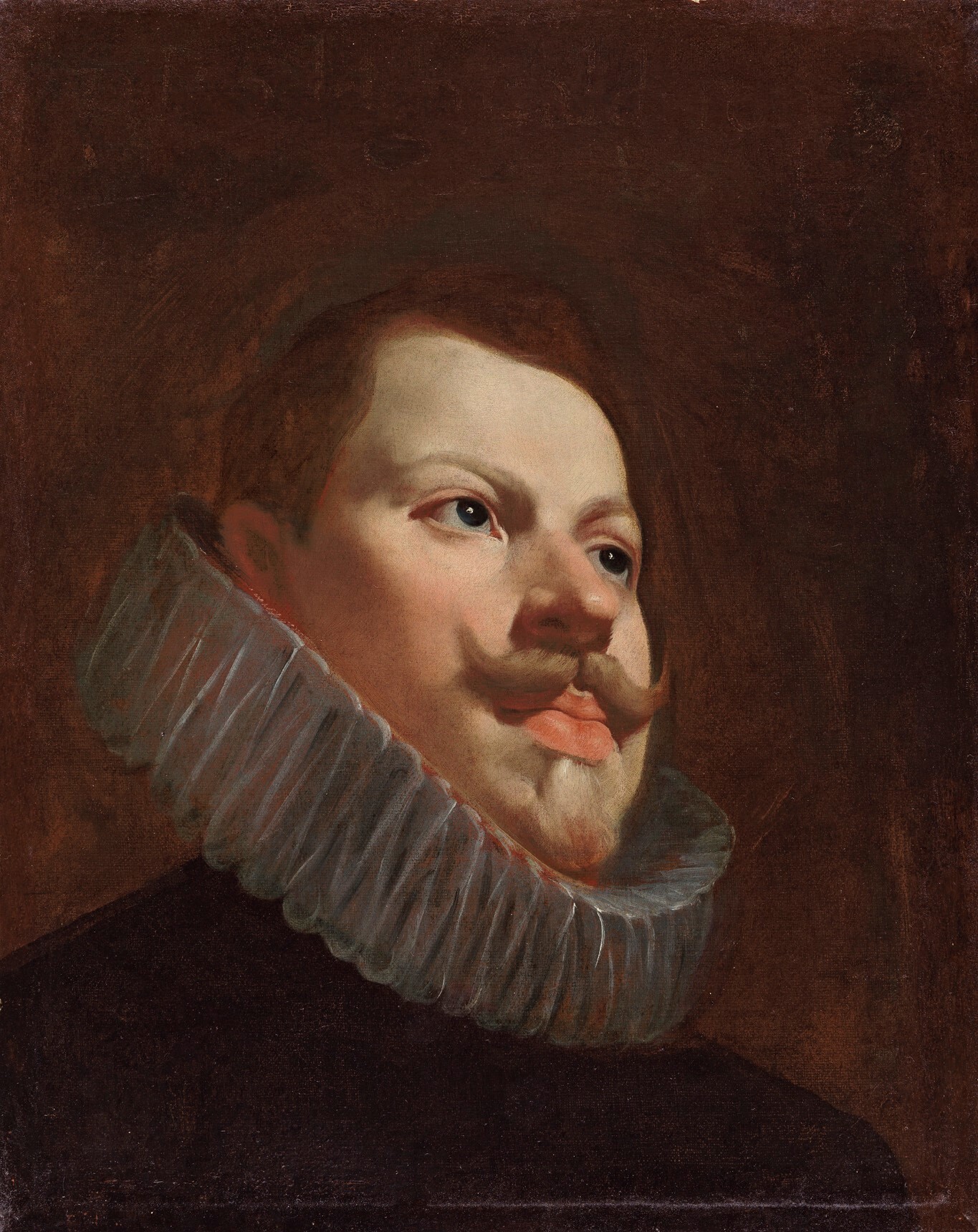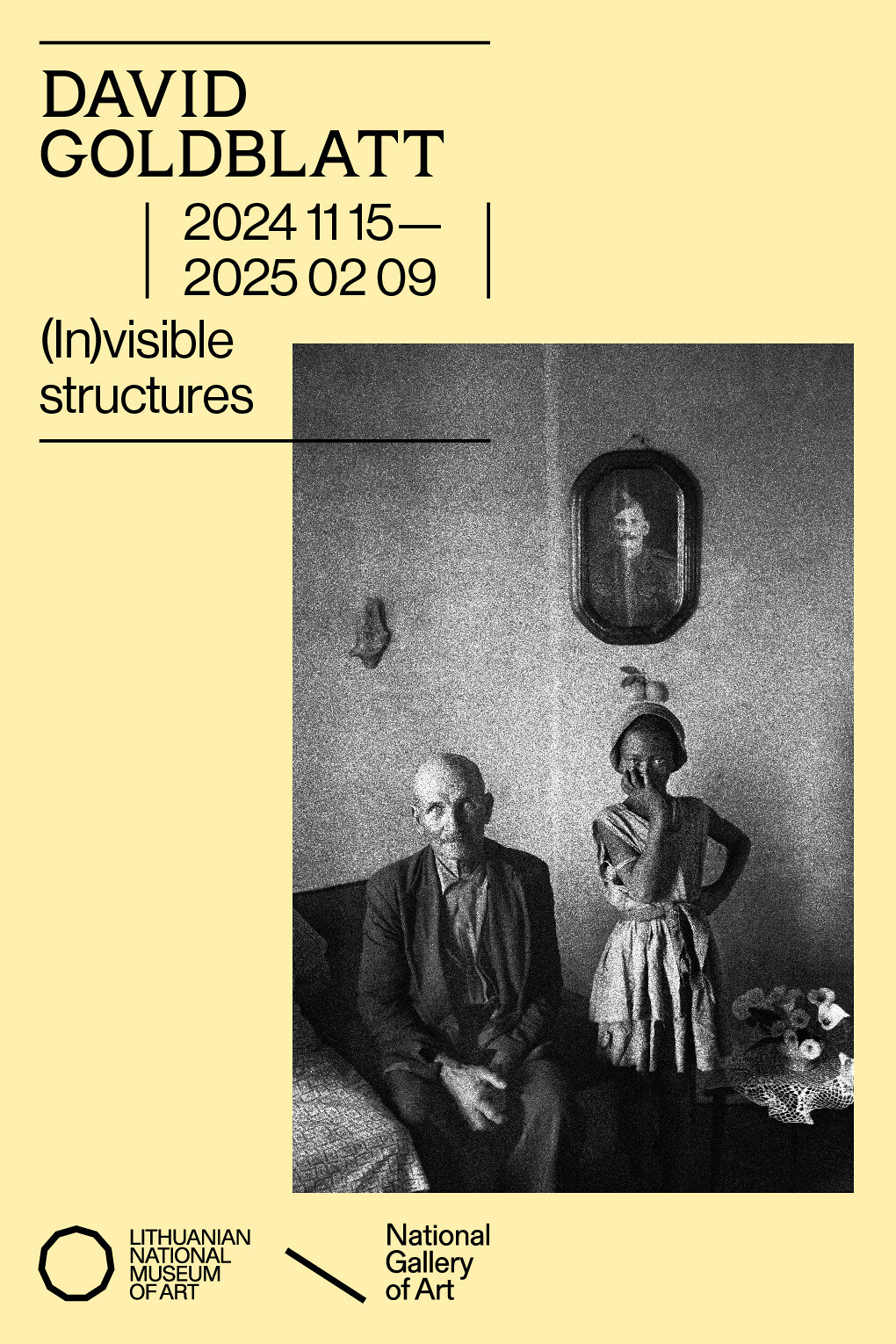Portrait of Philip III
June 6–October 29, 2017
On display for the first time in the Museum’s galleries, the Portrait of Philip III by Velázquez, a work that has been discovered and donated by William B. Jordan to American Friends of the Prado Museum, which has ceded it to the Museum as a temporary deposit.
This donation and long-term deposit at the Prado will assist in completing the Museum’s presentation of Velázquez as a court portraitist given that this is a painting previously unknown to scholars which casts new light on one of the key works painted by the artist during his early years at court: The Expulsion of the Moriscos.
The portrait is displayed in the Prado’s principal gallery alongside Philip II offering the Infante don Fernando to Victory by Titian, which can now be seen following its recent restoration undertaken with the support of Fundación Iberdrola España, a Benefactor Member of the Museum’s Restoration Programme. Titian’s painting hung in the same room (the Salón Nuevo in the Alcázar in Madrid) as the lost work The Expulsion of the Moriscos by Velázquez, a painting directly connected with the new portrait of Philip III, which was executed as a study for it.
Both works are shown in one of its most emblematic spaces, at the heart of the permanent collection and next to Philip III by Pedro Vidal and Philip IV in Armour and The Infante don Carlos, both by Velazquez. Together they create a context for an understanding of the portrait of Philip III and for the reasons behind its attribution to Velázquez.
Portrait of Philip III by Velázquez
The attribution of this work to Velázquez is based on three aspects: stylistic analysis, technical characteristics, and its relationship to The Expulsion of the Moriscos.
The painting reveals significant similarities with royal portraits painted by Velázquez between 1627 and 1629, such as Philip IV standing. Shared traits include the use of shadows to model the join between the hair and forehead; the expressive organisation of the face through a network of delicate points of light (on the eyes, nose, etc), and the modelling of the mouth and the surrounding area, the lips created from delicate variations in the intensity of the reds and the chin with a slight indentation. These characteristics are quite different to the style of Philip III’s portraitists, as becomes evident if this work is compared to Vidal’s Portrait of Philip III.
Technical analyses reveal practices employed by Velázquez between 1623 and 1629, such as the use of a dark priming; a comparable manner of connecting the forms of the figure; and a type of canvas similar to the type he used at this period. A comparison with The Infante don Carlos reveals the use of a similar type of background in which Velázquez made use of the reddish tones of the preparation, subtly modified with dark brushstrokes which together create a relatively dynamic surface.



